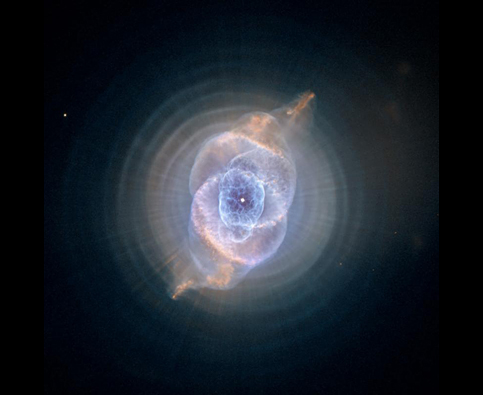10. T-Mobile G2 Touch
The G1 was the first of all the Google Android handsets, and with its slide-out keyboard and bricklike design, it was hard to see that the phone would ever challenge Apple. This second generation model is a lot better, having ditched the keyboard for a straightforward touch screen. There’s a five megapixel camera and eight hours of talk time – but beware: as this is simply a rebadged HTC Hero, buying one on T-Mobile limits your options.

T-Mobile G2
9. LG InTouch Max GW620
The GW620 is very nearly a fantastic Android phone. But there are too many niggles for it to be perfect. On a petty note; what's the point of a camera timer if the phone's sides are curved so you can't stand the phone up on its own? Sony Ericcson is much better at camera phone design. And when it comes to interface design, HTC are much better. Again, it’s got a five megapixel camera and eight hours of talktime. So there’s not much to complain about, but consumers can do better than this for the money.

LG InTouch Max GW620
8. Motorola Milestone
When it was launched in America, as the Droid, the Milestone sold almost as many units in its first two and half months as the iPhone. It did not – quite – live up to the expectations, but this is an impressive phone. It’s got a slide out keyboard, which for once feels genuinely useful without being clunky. And it has also got Motorola’s navigation built-in. Add in the car holder, and this is a pretty compelling handset, and probably one of your best options if you want an inexpensive Android phone with a keyboard.

Motorola Milestone Photo: Motorola
7. Samsung Galaxy Portal
As a budget handset, the Galaxy Portal is impressive – a three-megapixel camera is a small fly in the ointment, but it produces adequate images. It offers all the usual video-recording, Wi-Fi and Bluetooth capabilities and claims up to about seven hours of talk time. The build quality simply isn’t as high as some of HTC’s premium products, but considering that it’s available from free on some very inexpensive tariffs, the Galaxy Portal is impressive.

Samsung Galaxy Portal
6. HTC Hero
The Hero was, when it was first launched, heralded as the first breakthrough handset for Android. Forgive this device the ridiculous chin that makes any man carrying it in a suit’s breast pocket appear to be either packing a holster or wearing a truss. This is a slick handset with a decent interface. It’s only unfortunate because it has not yet been upgraded to the version of Android that will allow it to run satnav-style navigation in Google Maps.

HTC Hero
5. Xperia X10
Sony Ericsson’s flagship Android handset is a fine phone – with an eight megapixel camera and a 10 hours battery life, the Sony Ericsson interface adds a level of depth to the Google experience that rivals HTC’s Sense skin.

Sony Ericsson Xperia X10
4. HTC Legend
Perhaps the most stylish Android handset on the market at the moment, the HTC Legend is made from a single piece of aluminium. Similar in shape to the HTC Hero, it uses the same kind of manufacturing process used by Apple to make its unibody Mac computers. The Legend has a 3.2in AMOLED screen, which produces pin-sharp images and bright, crisp colours, and combines a touch-screen interface with an optical trackpad for easier menu navigation.

HTC Legend
3. Xperia X10 Mini Pro
The startling thing about the X10 Mini Pro is simply how mini it is – this is a phone that is almost too small to be a convincing handset. But with a slide out keyboard, it’s usable even for those with fairly podgy fingers. There’s a five-megapixel camera, a built-in radio – and room for plenty more space in even the smallest handbag.

Sony Ericsson X10 Mini Pro
2. Nexus One
The first phone designed by Google (in association with HTC) was, on its release, a superb handset – its only weakness is that it has now been overtaken by others. It is, however, still a satisfying thing to hold, well-weighted and very small. It’s also one of a few phones that is, in conjunction with, for instance the Amazon MP3 Store, an acceptable replacement for an iPhone. It’s got a perfectly adequate five megapixel camera, Bluetooth and Wi-Fi of course, and it’s fast enough to run a decent number of apps or Google’s navigation at a usable speed.

Google Nexus One
1. HTC Desire
The HTC Desire is the best Google phone yet made, and one of the first handsets that is not only better on paper than an iPhone but also as good to use. A range of widgets that fix on the devices various homescreens make multitasking really easy, and Google’s mapping software is superb because of the phone’s impressive hardware, too. The only downside is that the battery life has yet to catch up with the processor’s capacity to run software.

HTC Desire














